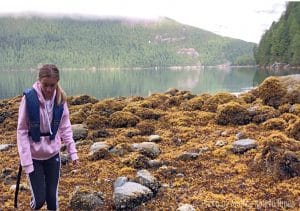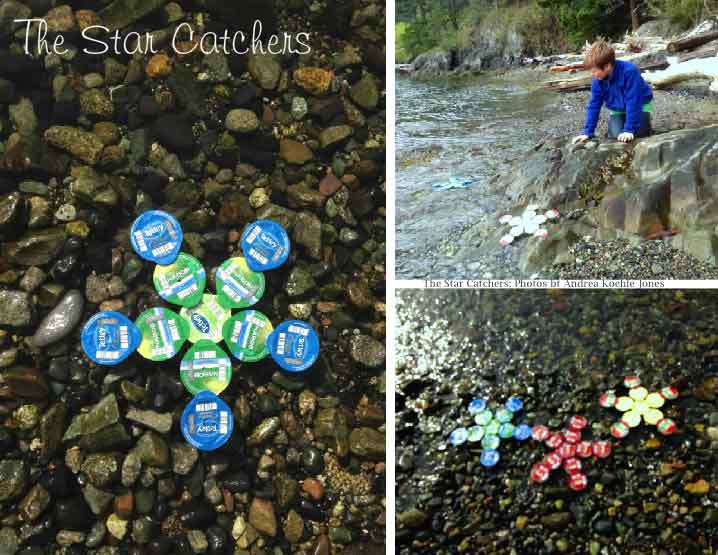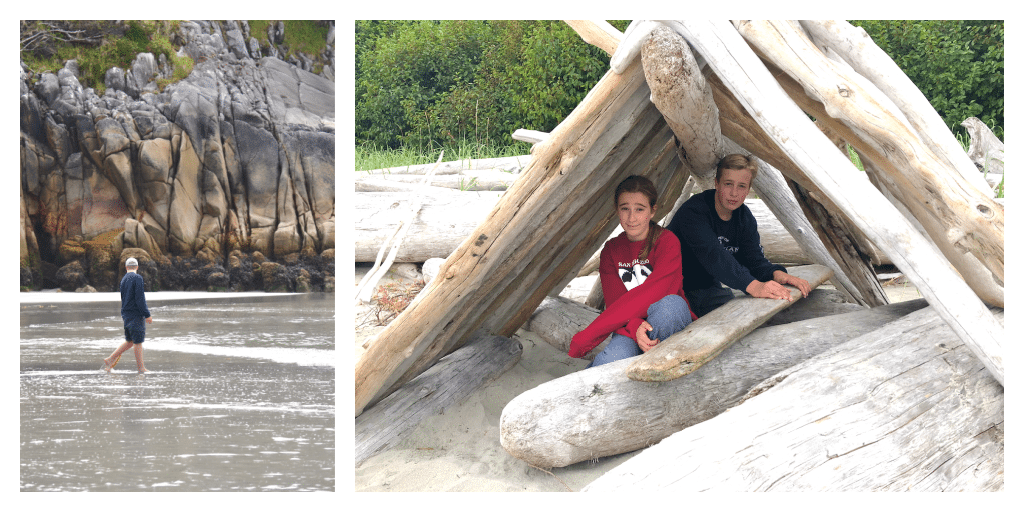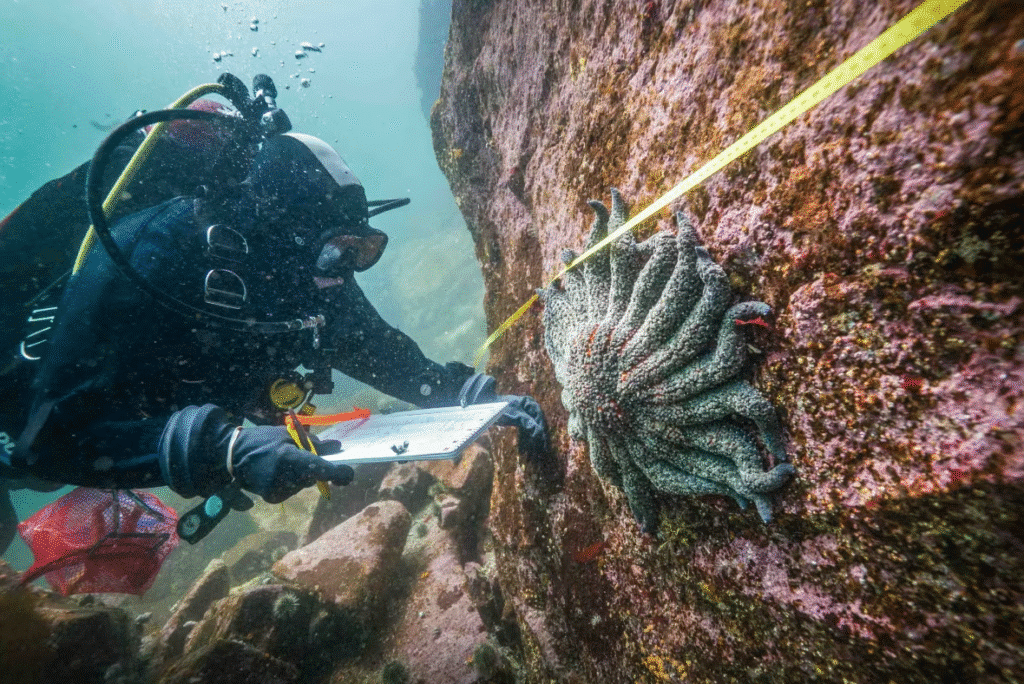Bacteria Behind Decade-Long Sea Star Die-Off Identified

“The ChariTree Foundation congratulates Canadian scientists on this extraordinary breakthrough in identifying the cause of the sea star die-off. We’ve been following this crisis since 2009 and are deeply relieved that a solution is now within reach to help protect sea stars and restore ocean biodiversity. Children everywhere are counting on us to do all we can now to stop the accelerating decline of marine habitats and biodiversity in Canada and around the world,” said Andrea Koehle Jones, Founder and Children’s Climate Education Advocate at the non-profit climate education organization, The ChariTree Foundation.
Canadian Scientists Solve Sea Star Mystery, Opening Door to Ocean Education for Kids
After more than a decade of mystery, Canadian scientists have discovered the cause behind the mass die-off of millions of sea stars along the Pacific Coast — a previously unknown bacterium from the same family that causes cholera in humans. The breakthrough, published in Nature Ecology and Evolution, sheds light on Sea Star Wasting Syndrome, a devastating disease that caused sea stars to disintegrate and vanish from tide pools and ocean floors, disrupting marine ecosystems and alarming conservationists worldwide. Scientists say that restoring sea star populations will help rebalance ocean ecosystems, as sea stars are keystone predators that play a crucial role in maintaining biodiversity.
This discovery not only revives hope for sea star recovery, but also offers a powerful teaching moment for children. Educators and environmental groups say it’s a chance to engage young minds in ocean science, microbiology, and biodiversity. The story of the sea stars’ mysterious decline and the scientists’ long search for answers can spark curiosity, empathy, and action among kids—encouraging the next generation to care about and protect marine life. As sea stars return, they will help boost ocean biodiversity, offering children a hopeful example of how science can support conservation and environmental healing.
How Kids Can Help Protect Sea Stars

- Learn About Sea Stars
Read books, watch nature shows, or explore tide pool guides to understand what sea stars need to survive. - Keep Beaches Clean
Join or organize beach cleanups. Trash in the ocean can harm sea stars and their habitat. - Respect Tide Pools
When visiting tide pools, look — don’t touch! Gently observing sea stars helps protect them from stress or injury. - Use Ocean-Friendly Products
Choose reef-safe sunscreen and eco-friendly soaps to prevent harmful chemicals from washing into the sea. - Spread the Word
Share sea star facts with friends, family, or classmates. Helping others care means more people protecting the ocean! - Reduce Plastic Use
Say no to single-use plastics like straws and bags. Sea creatures can mistake plastic for food or get tangled in it. - Support Marine Conservation Groups
Raise money through a bake sale or art project to support organizations that protect marine life. - Become a Young Ocean Advocate
Write letters or draw pictures for local leaders asking them to protect ocean habitats. - Sea Star Search: Track Sea Stars with Citizen Science
With help from an adult, join programs that let kids log sea star sightings and ocean conditions to track sea star recovery. - Be Kind to Nature Every Day
Small choices — like turning off lights, saving water, or recycling — all help the planet and its oceans.

Learn more:

